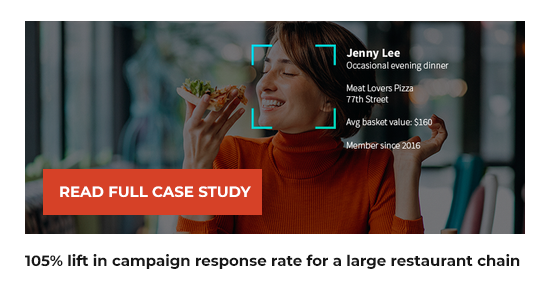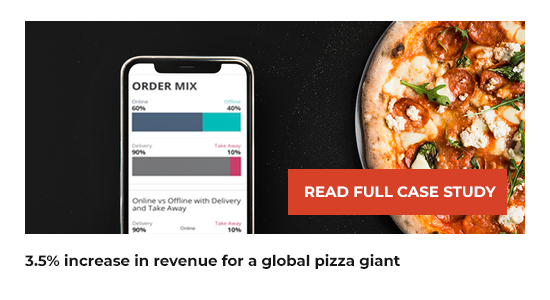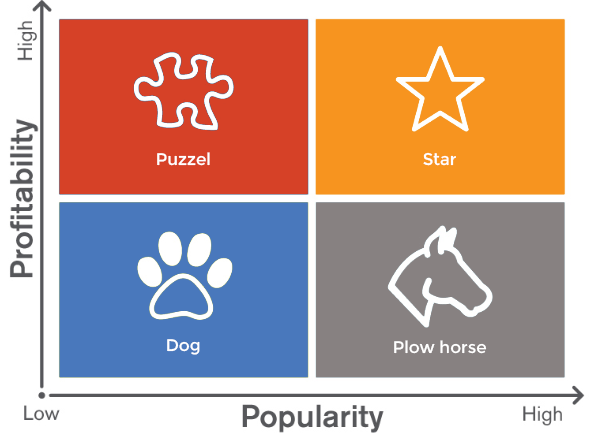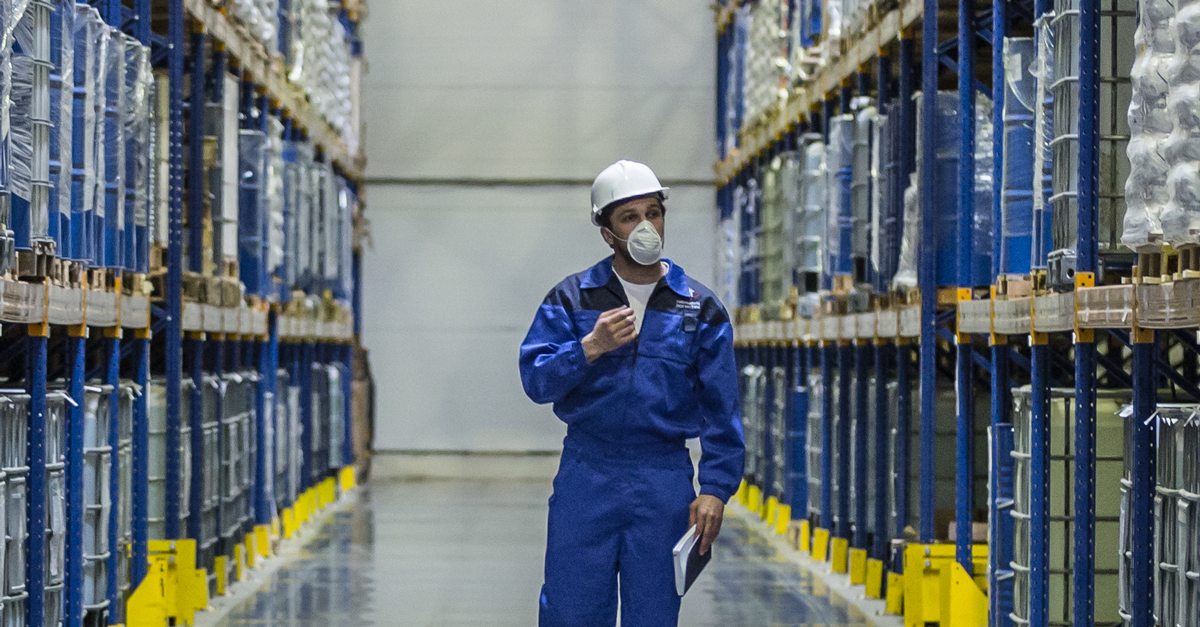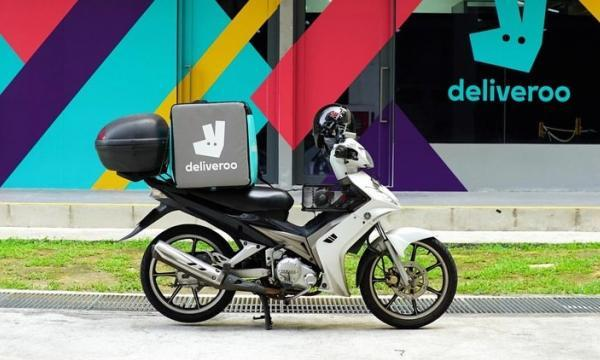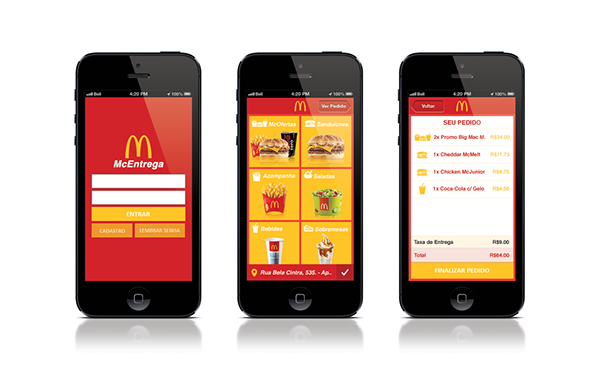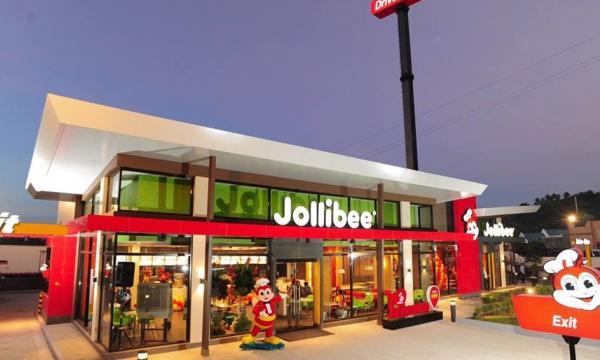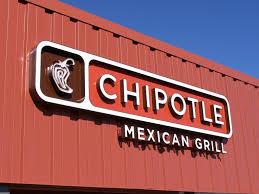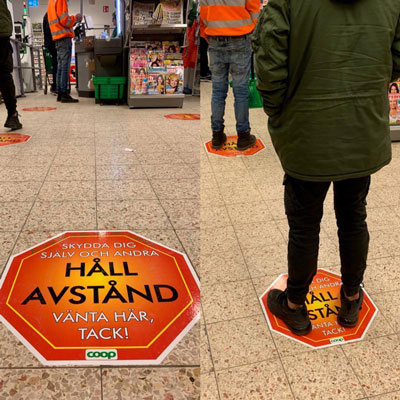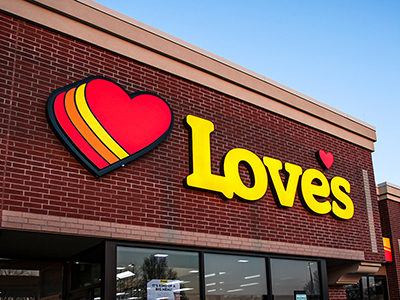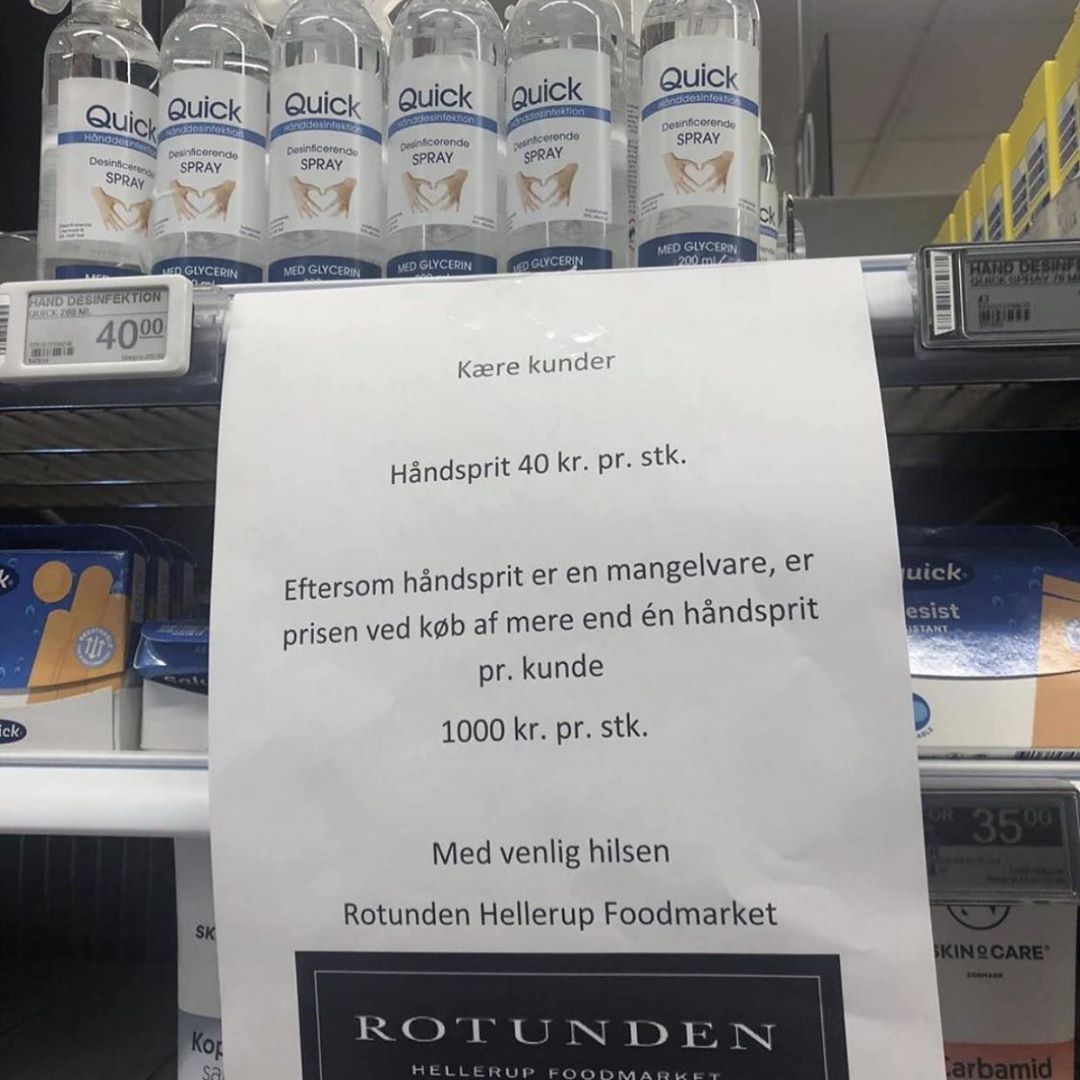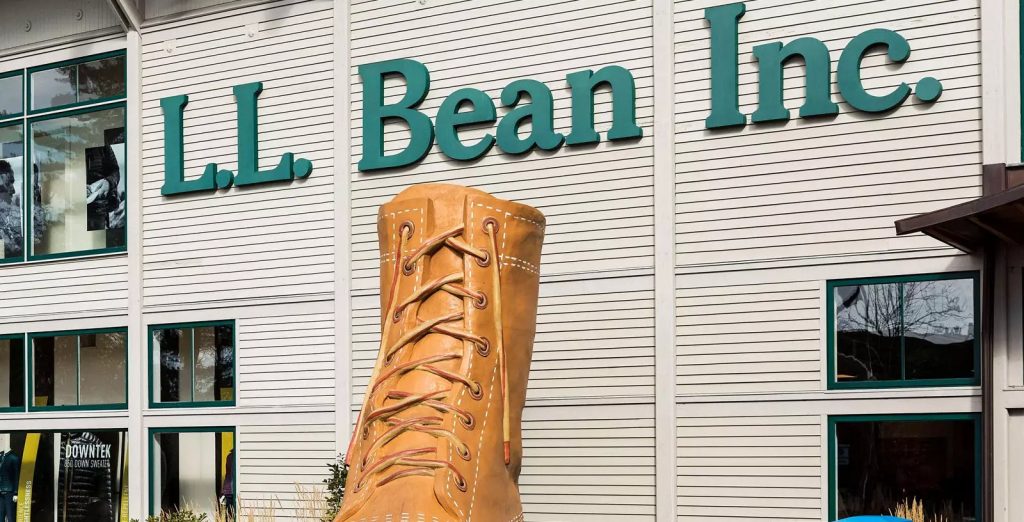Restaurant owners are sitting on a ton of data – from employee information to mobile apps, supply chain logistics to touchscreen kiosks, e-commerce numbers to social media reviews. BCG reports that four out of five restaurant brands can access a wealth of data from multiple sources, however, only one in five is using that data comprehensively.
If you’re in the restaurant business, you’ve probably already heard a lot about how restaurant analytics can help bring in more customers. But are you aware of the operational, and predictive ways in which analytics can impact other areas of your business?
- Sales: With advanced restaurant business analytics software you can uncover key insights on the performance of stores and products, the productivity of resources, and sales category performance – all in real-time. If sales are down during the first part of a Saturday, knowing that dip can help you send out offers to improve the day’s performance immediately – as opposed to seeing the report on Monday afternoon when it’s too late.
- Operations: A direct impact on your business is the operational efficiency. Use data analytics for restaurant to see how you’re doing on key operational metrics such as delivery time, cook time, wait time, store efficiencies, labor, and more. Know the performance of franchise owners by region and/or store.
- Menu: You may already know which menu items are selling the best or doing the worst. But advanced restaurant software can also give you insights into deeper questions such as which products sell well together, what are the top customer choices by demography, how historical sales patterns will impact transaction value and much more.
- Location: Can data analytics for restaurant help you find the best place to open a new store? Yes, it can! Analyze the potential of a new store location, using location and guest demographics to postulate footfalls and potential sales. Compare and choose the best site for your restaurant with comprehensive data sets that translate into high demand.
- Mobile App: Improve engagement on your mobile app through in-depth analytical understanding. Know when, where, and how customers use your app in order to engage them with contextual messages in real-time. Encourage mobile app orders based on location, current order, cart components and the guests’ historical relationship with your brand.
- Customer Satisfaction: Advanced restaurant analytics software should be able to give a view of customer satisfaction by channel and store, allowing deep dive analysis of how Net Promoters Score (NPS) impacts store performance. Using analytics, you can, therefore, identify both broad (across-store) and narrow (within a store) reasons for dissatisfaction down to each guest level.
- E-Commerce: Analytics enables a finer understanding of online customer purchase behavior, a source of traffic, traffic conversion, preferred offers, typical order size and more. Using this information, you can then influence customers as they place orders by recommending relevant products they might like and minimizing abandonment with timely intervention.
- Marketing: Restaurant Software enables clarity into campaign performance and its impact on sales. By harnessing customer data from various source systems, you’ll be able to understand your campaign performance from the guests’ context, and deliver personalized 1-1 campaigns on channels they prefer: during the best daypart, on a day they are likely to respond; all using automated marketing.
- Personalizing: Your frequent guests and your at-risk customers are those with the biggest impact on your bottom line. Analytical behavioral clustering, propensity models and churn prediction algorithms can help you uncover customer opportunities and risks. You can dynamically segment customers on multiple dimensions such as day-part, order value, visit frequency, price sensitivity, taste, occasion preferences and more. By knowing the micro-segment each customer belongs to, you can tailor your messages with specific promotions, reduce churn and give loyal customers more reasons to return.
- Compliance: Maintaining brand, safety, and employee training standards across equity and franchise stores is critical. Advanced analytics can help ensure operations and food safety compliance, monitor status of employee training, identify talent and understand the impact of employee performance on store performance.
Go Beyond Reporting
The sophistication of analytics has now evolved beyond mere day-to day-reports. By bringing together disparate systems, and applying the right advanced analytics solution you’ll be able to uncover the hidden meaning behind all that data.
A savvy restaurant entrepreneur can leverage these analytics to make better decisions regarding operations, campaigns, customers, and strategy, to outthink the competition.






